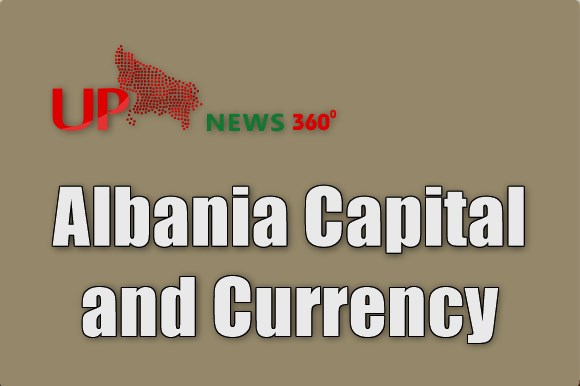Albania Travel Advisory
Many people want to know about Albania capital and currency. Albania is a small country located in southeastern Europe. The capital of Albania is Tirana and the currency is the Albanian lek. Albanian is the official language of Albania. The population of Albania is approximately 2.8 million.
Tirana is the city that serves as the capital of Albania. By the year 2018, the population of the city, which covers an area of 1,586 km2, reached 374,801 people. Albania is divided into 12 provinces, and Tirana is one of them.

Albania capital and currency
The city of Durres is located to the north of the province, while Debar is located to the north of Durres, Elbasan is located to the southwest, and Fier is located to the south.
What is Currency in Albania?
Albania’s official currency is called the lek. It had formerly been subdivided into 100 qintars. However qintar coins are no longer being produced by the central bank. In February of 1926, the lek became the first unit of currency that could be used in Albania. Prior to that time, Albania was a country that did not have its own currency. Instead, it used the gold standard to determine how much goods and services were worth.
Prior to the outbreak of the First World War, the Ottoman Turkish piastre was in widespread use as a unit of currency. However, once the Ottoman Empire was occupied by several continental nations during the war, the gold franc (Franc Germinal) became the official currency of the country. In 1923, Italian paper was used as currency in Shkodr, Durrs, Vlor, and Gjirokastr, while the Greek drachma was used in Korc. The values of these different currencies fluctuated depending on the region they were used in and how they were valued in relation to gold at the time.
When did Tirana Start Serving as Nation’s Capital?
In 1614, the Shkodra Ottoman general Sulejman Pasha established Tirana as a settlement. The first building on the site was the Old Mosque. Tirana, which is located in Durres Sanjak and is the district center of the Shkodra province, was under Turkish dominion when it was occupied. It remained a small community even after one hundred years had passed. Beginning in the 1700s, the city began to develop into a significant financial and commercial hub. In 1912, the Ottomans were defeated in the Balkan Wars and lost control of the city. In 1919, the city was designated as the capital of an independent Albania.
As we know in the wake of the Italian and German occupations that occurred during World War I (1939-1944), on January 11, 1946, the city of Tirana became the capital of a Communist People’s Republic. With the assistance of both the Soviets and the Chinese, this city has experienced significant growth. Tirana quickly grew to become the country’s most populous city and its primary commercial and manufacturing hub with the completion of hydroelectric and thermal power plants in 1951.
After Declaration of Independence
After declaring its independence in 1919, Albania did not receive international recognition from other countries until the year 1925. Tirana, which had remained a part of Yugoslavia after the end of World War II, went through a significant amount of transition during this time period. At the site where older buildings in the city had been demolished, new structures bearing the hallmarks of Yugoslav-Soviet architecture have been constructed. The majority of the architecture that can be seen in Tirana today was constructed during this time period.
In addition to these, the city of Tirana, which had been governed by a communist state for a period of time, sustained significant damage. Today, Tirana, the city that serves as the capital of Albania, is widely regarded as one of the most significant cities in the Balkans.
Tirane’s Characteristics
Because its downtown area is so compact in comparison to that of other European cities, Tirana is very accessible by foot. Tirana is not just one of the sunniest cities in Europe but also one of the sunniest cities in the world. The average annual sunshine hours in the city are close to 3,000. This is one of the things that contributes to the city’s improved living circumstances and helps make the city a more desirable place to live. This has a beneficial impact on the agricultural endeavors carried out in Tirana. A large number of sunny days in Tirana allows for a diverse selection of fruits and vegetables to be grown there.
Trade is by far the most significant contributor to Tirana’s economy. The commercial activity that had begun in the 16th century continued on without any breaks. Real estate, banking operations, transportation, and the media are among the city’s most important sources of revenue, in addition to trade, which is the city’s primary source of income.
Tirana Attractions That Should Not Be Missed
During your time in Tirana, the capital city of Albania, you will have the opportunity to see a variety of interesting locations. The city is known as one of the major cities in the Balkans, and it provides visitors with opulent vacation opportunities by providing historical landmarks and scenic beauty. Skanderbeg Square, the National Museum of History, and the Ethem Bey Mosque are the first three locations on the list of places that should not be missed under any circumstances.
Final Words
In the above article we know about Albania capital and currency along with albania travel advisory. Albania is a country located in Europe with a capital of Tirana. The currency is the Albanian Lek. Albania is a beautiful country with many interesting places to visit.
Table of Content




